What Is Topical Authority?
Topical authority refers to a website’s expertise and credibility on a particular subject. And building it through high-quality content is a powerful way to establish your expertise and credibility on subjects relevant to your business.
This helps with earning your target audience’s trust, improving your search engine rankings, and possibly driving more conversions.
For example, The Spruce Pets is a leading voice in all things related to pet care.
By consistently providing valuable insights and guidance to pet owners, they’ve become a trusted source in those areas.
We can see this when we enter a relevant keyword and their domain in Keyword Overview.
Note how the website’s topical authority is listed as “High” for the term “dog training.”
Why Does Topical Authority Matter in SEO?
Strong topical authority improves search performance, as Google generally trusts authoritative sources and ranks them higher in its search engine results pages (SERPs).
Here’s a more detailed explanation of the ways topical authority affects SEO:
It Builds Trust with Search Engines and Users
Topical authority builds confidence in your brand for readers and search engines alike. This leads to more returning site visitors and higher SERP rankings.
Here’s an example:
Amazon and Shopify have considerable topical authority on ecommerce. And because Google trusts that their information is reliable, it ranks them before other sites for ecommerce searches.
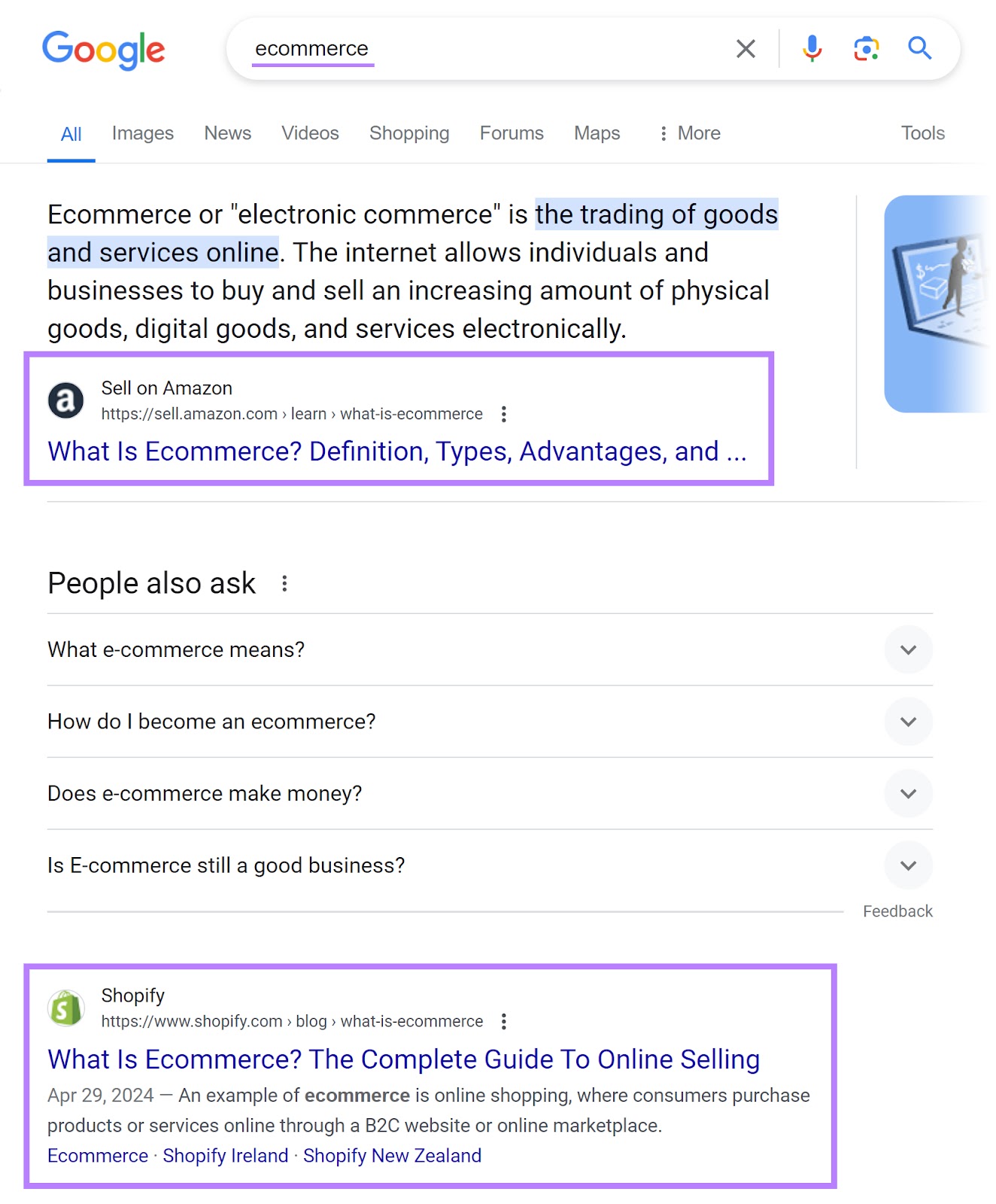
Searchers are more likely to trust them because of these high rankings. And click through to their websites.
Our research shows there’s a strong correlation between high rankings and more clicks.
It Supports Natural Link Building
Topical authority also leads to natural link building. More websites are likely to share your content organically if they view you as an expert, which drives more traffic to your site.
Plus, those links act as votes of confidence to search engines. In essence, they’re vouching for those sites so they gain even more trust from Google.
That’s why pages with many backlinks (especially from trusted sources) often rank higher in the SERPs.
Meta and Statista are good examples of websites with strong authority in their niches. And we link to both of them in this article on social media ads because:
- We trust their information
- We know their content will benefit our readers
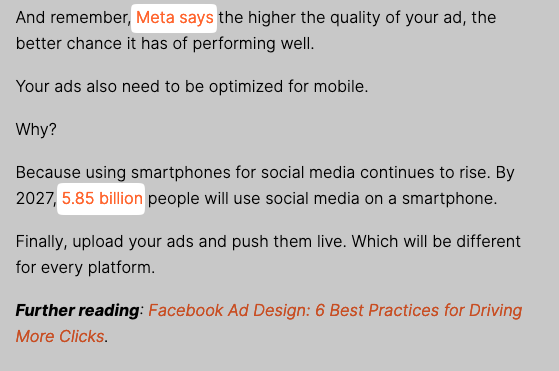
In short: Meta and Statista have topical authority on these subjects.
It Can Reduce Marketing Spend
Building topical authority can be a slow process. But the lasting effect is more time- and cost-effective marketing.
The best example is when a business outranks a larger competitor due to its authority in a particular niche.
Take this Knit Picks page ranking at No. 1 for “knitting needles.” It’s ahead of Amazon:

This means Knit Picks is likely to get a considerable amount of traffic from their organic result. Meaning they don’t need to rely on paid ads—which can quickly become expensive.
How Do Search Engines Prioritize Sites with Topical Authority?
Google strives to deliver the best possible search experiences. So it prioritizes the most relevant, helpful, and trustworthy pages when ranking results.
And many of Google’s algorithm updates and statements have reaffirmed its preference for trustworthy, knowledgeable, and experienced publishers.
Here’s a quick timeline of updates pushing topical authority to the forefront:
- 2011: The Panda algorithm update aimed to “reduce rankings for low-quality sites—sites which are low-value add for users, copy content from other websites, or sites that are just not very useful.”
- 2013: Hummingbird (search engine algorithm rewrite) was the dawn of semantic search. Google paid closer attention to search queries’ meanings, so it could rank webpages using more than just links and keywords.
- 2022: The Helpful Content Update changed Google’s Expertise, Authoritativeness, Trustworthiness (E-A-T) guidelines into E-E-A-T—adding “Experience.” The aim was to reward content creators with firsthand experience in their topics.
- 2023: Google’s second Helpful Content Update focused on elevating content that’s helpful, high-quality, and displays firsthand experience. The update reduced rankings for sites with thin, duplicate, and unhelpful content. And low-quality content that appears to be mass-produced by AI for the sole purpose of generating traffic.
- 2024: The Helpful Content Ranking System was integrated into Google’s Core Ranking System, and multiple systems began evaluating the helpfulness of content
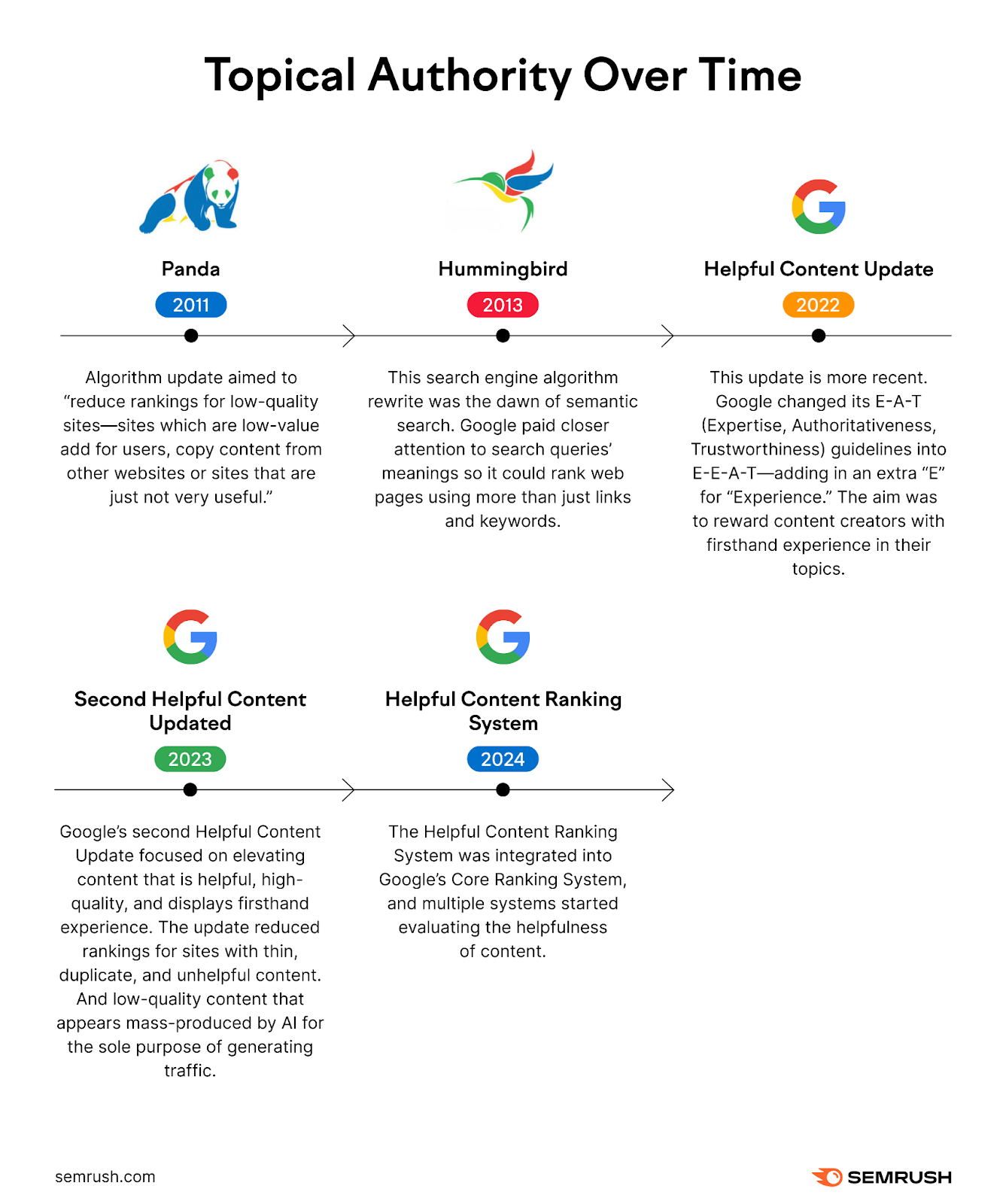
How to Build Topical Authority
Here are four simple tips to start building topical authority for your brand and website.
Find Topic Groups in Your Niche
Aim to become the leading online source of information on a few niche topics. It’s much more time- and cost-effective than setting your sights on a broad, highly competitive field.
For example, you could aim to become a trusted voice on knitting patterns as opposed to knitting more broadly. It’ll be easier to create truly original, high-value content.
The fastest way to build groups of closely related content ideas is to use Semrush’s AI-powered Keyword Strategy Builder.
Start by entering a few seed keywords (broad terms that are related to your business) into the tool, select your target location, and click “Create list.”
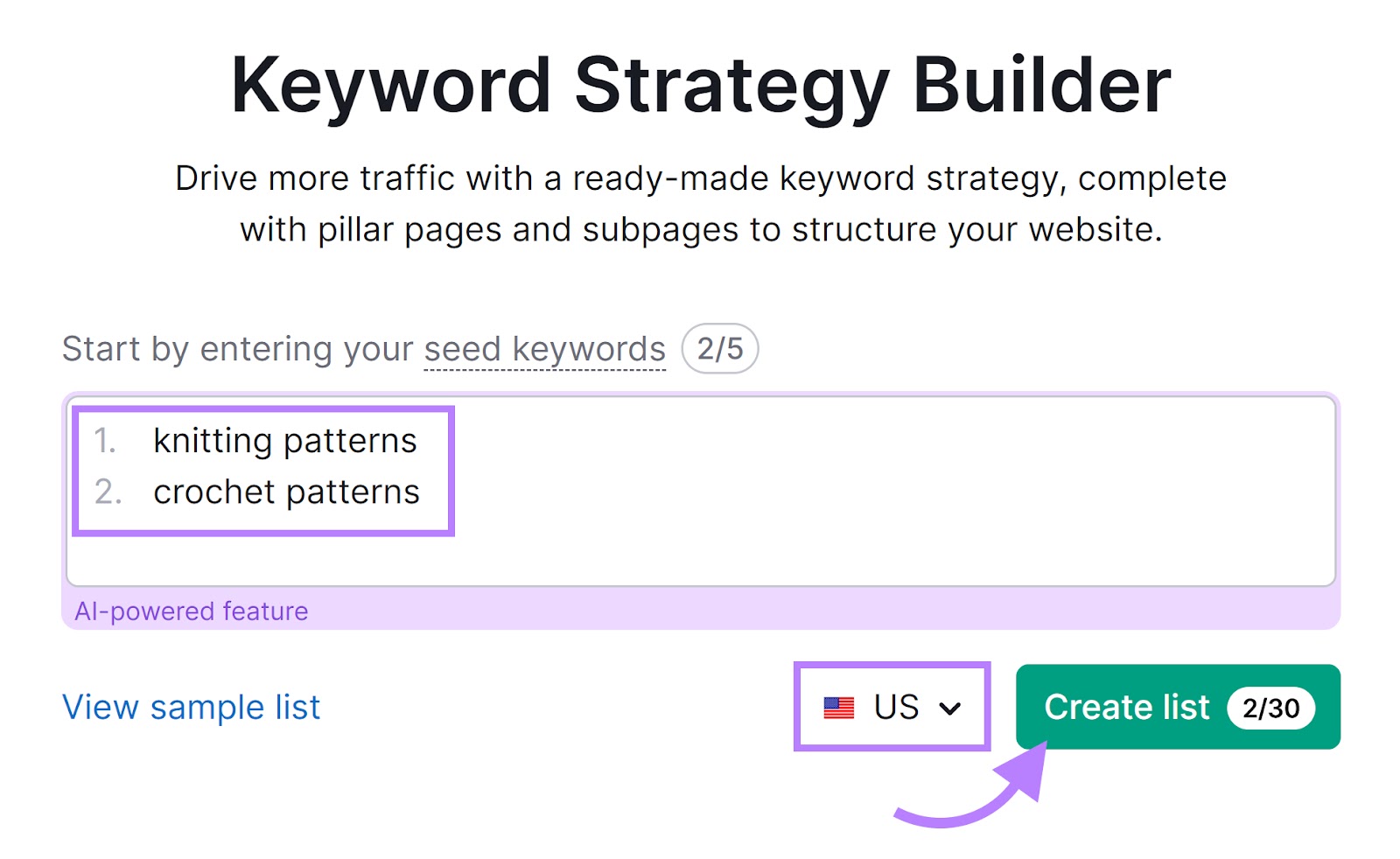
The tool will then provide ideas for pillar pages (main pages that cover a broad topic) and subpages (pages that explore one of the pillar pages’ subtopics in greater detail). Which is an ideal way to structure your website content to build topical authority.
Scroll down to “Pages Details.” Pillar pages are listed most prominently in the table. And its relevant subpages are listed below. Like this:
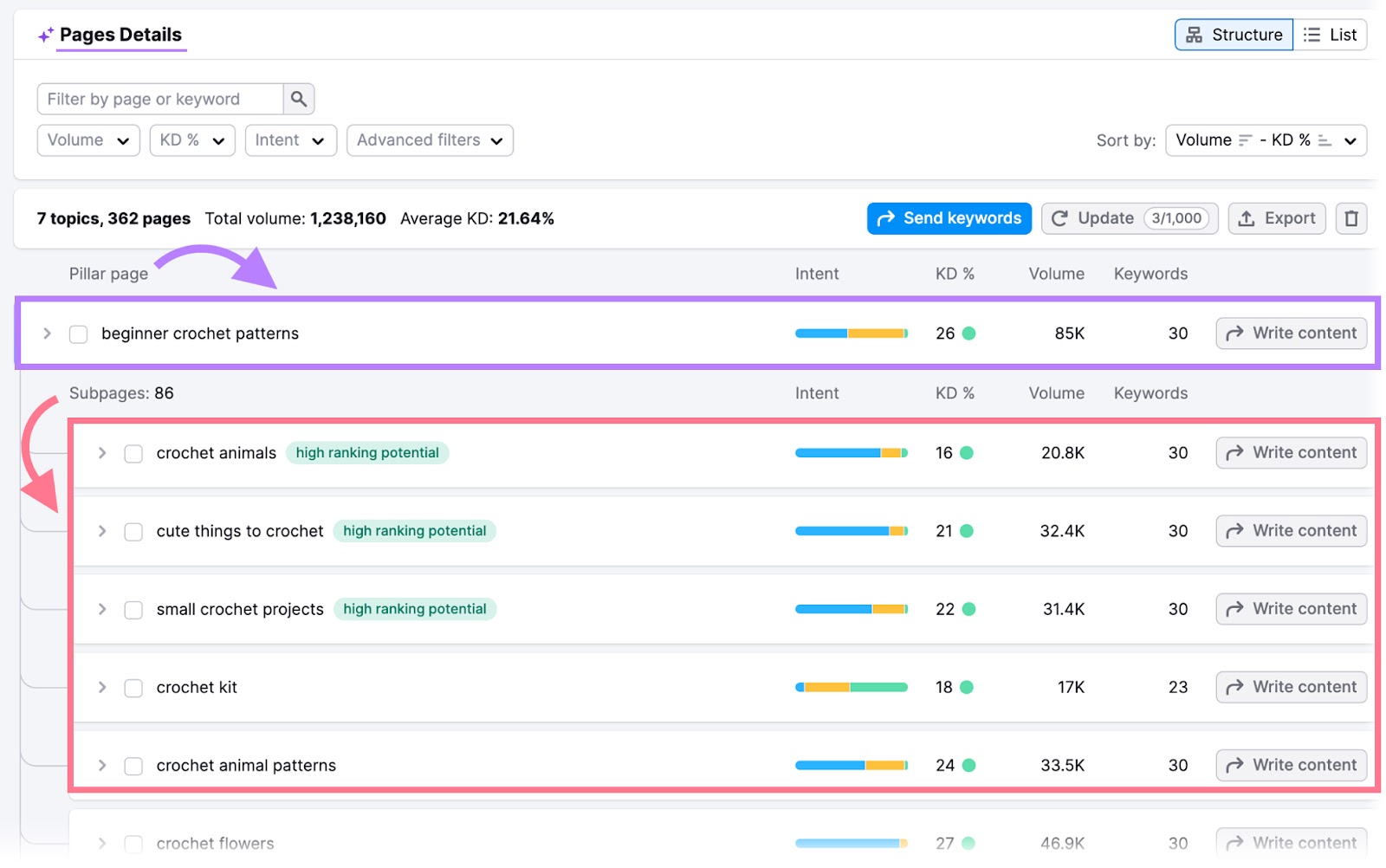
Here, you can see that “crochet animals,” “cute things to crochet,” and “small crochet projects” could all be suitable subtopics for the larger pillar page.
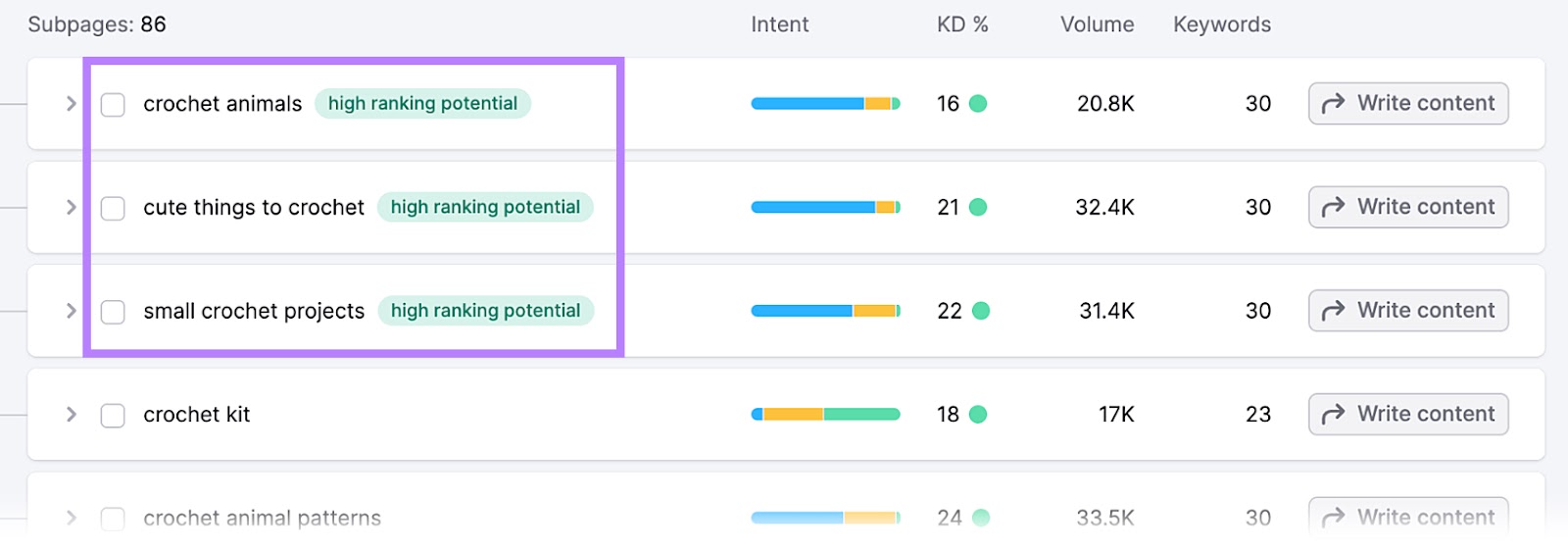
Click on the arrow to the left of any pillar page or subpage to expand the row. And you’ll see a list of keywords that share similar intent (called a keyword cluster). Which you can target within that one page.
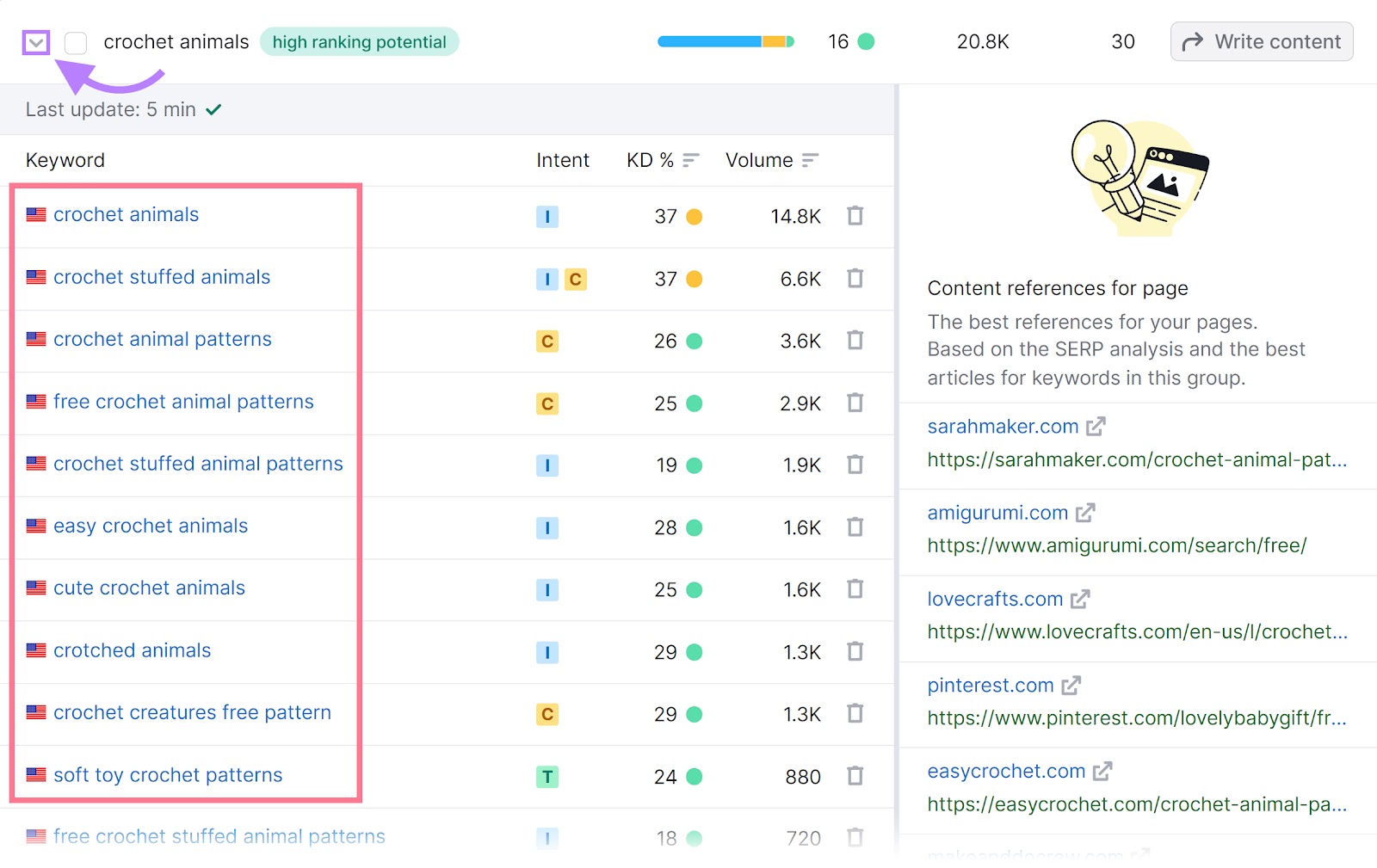
From here, start creating your content.
Here’s how:
- Create your pillar page. (e.g., “A Complete Guide to Beginner Crochet Patterns”)
- Create your subpages (e.g., “How to Create Your Own Crochet Animals, “10 Cute Things to Crochet,” ”Quick and Easy Crochet Projects to Make in a Day” )
- Interlink your pillar and subtopic pages (internal links distribute authority and help Google understand your site structure)
If you’re ready to start writing content immediately, click the “Write content” button to the right of any pillar page or subpage.

Those keywords will be sent directly to the SEO Writing Assistant. Which will give you recommendations for how to create a high-quality, helpful piece of content.
Conduct Topic-Based Keyword Research
The more relevant, high-quality, search-friendly content you create, the more topical authority you can build. So, you’ll need plenty of data-backed content ideas to expand upon your initial topics.
Keyword research tools can help you find even more relevant search terms to target with your SEO and content marketing efforts.
Here’s how it works using Semrush’s Keyword Magic Tool:
Enter a broad topic related to your business, add your domain to leverage our AI-powered feature, choose your target location, and hit “Search.”
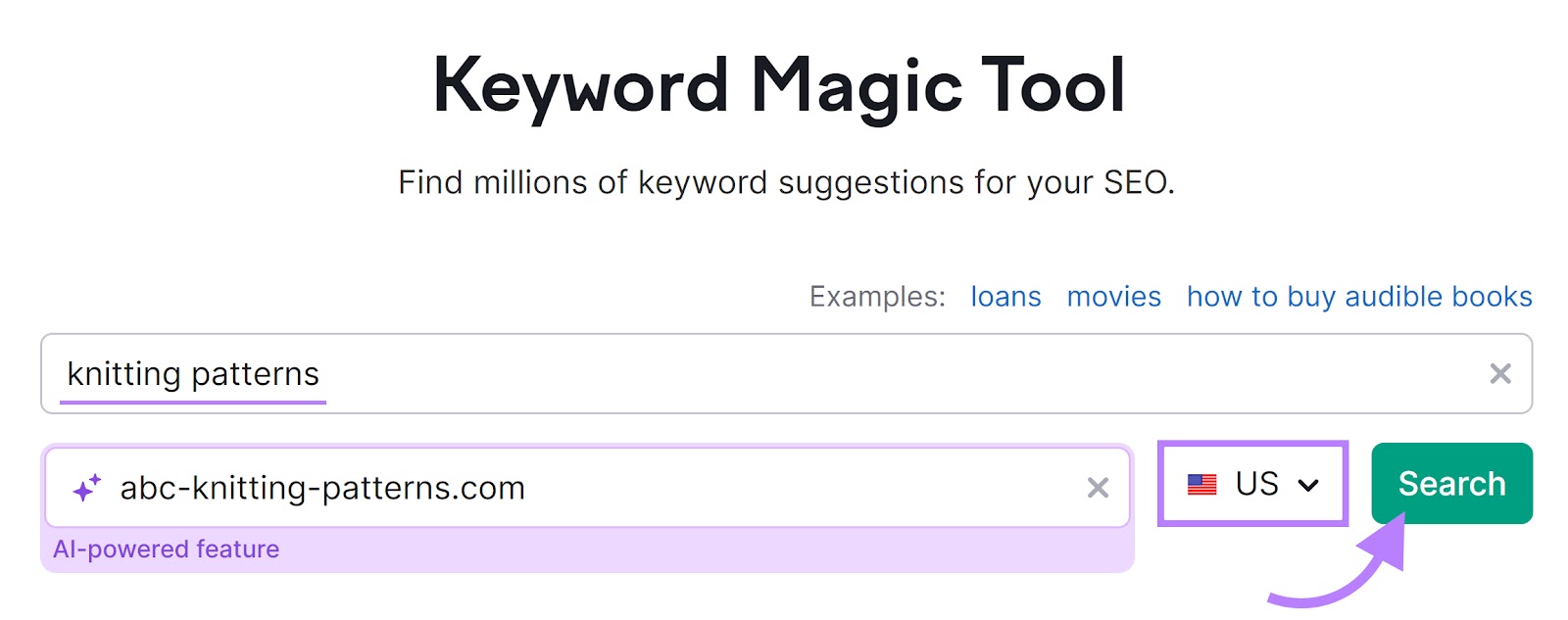
The tool will list all the keyword suggestions based on your chosen seed term.
The broader your initial term, the more suggestions there’ll likely be—in this case, there are more than 127,000 keywords.
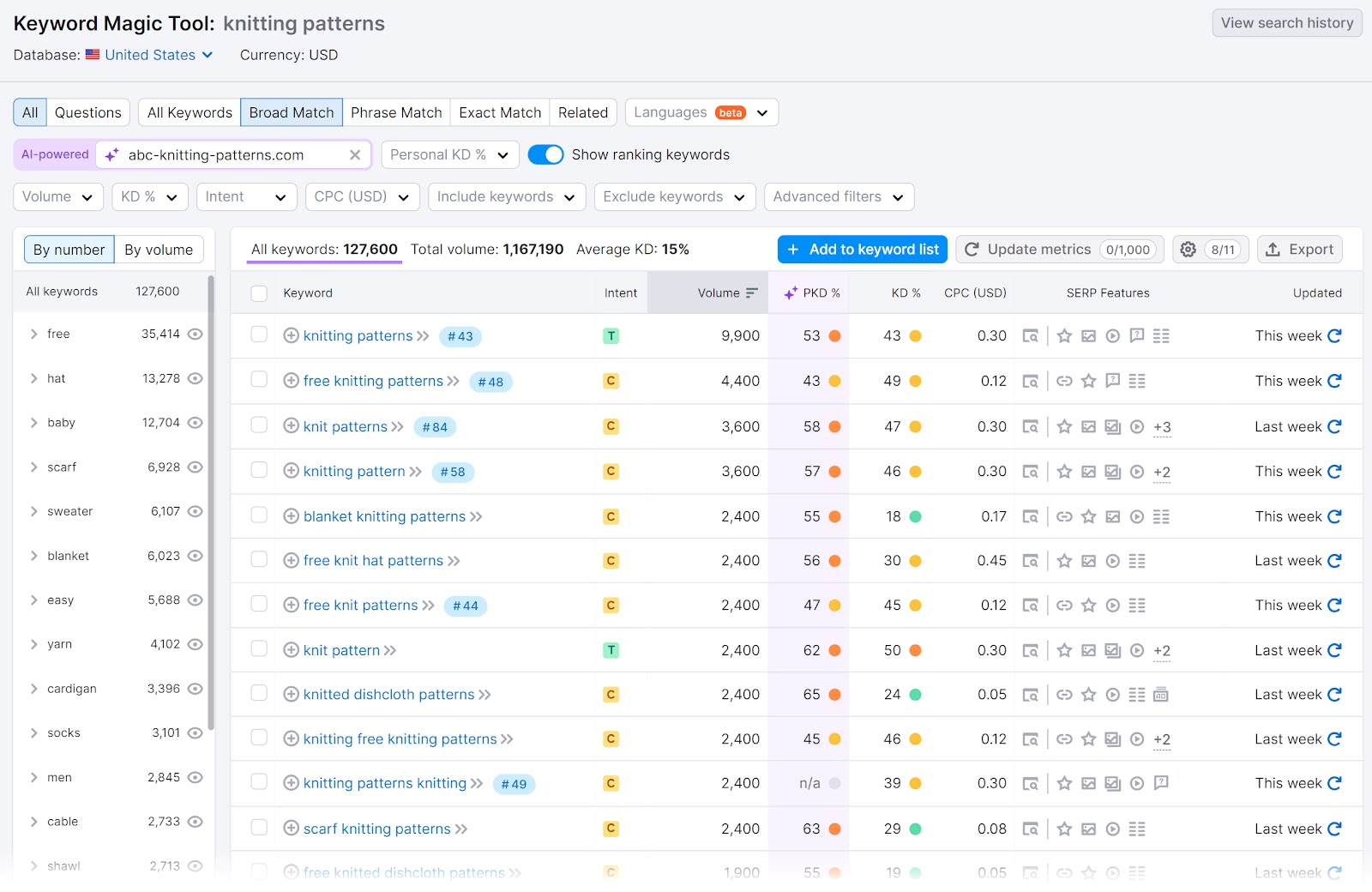
Dig deeper into your niche by clicking the topical groups and subgroups to the left of the list.
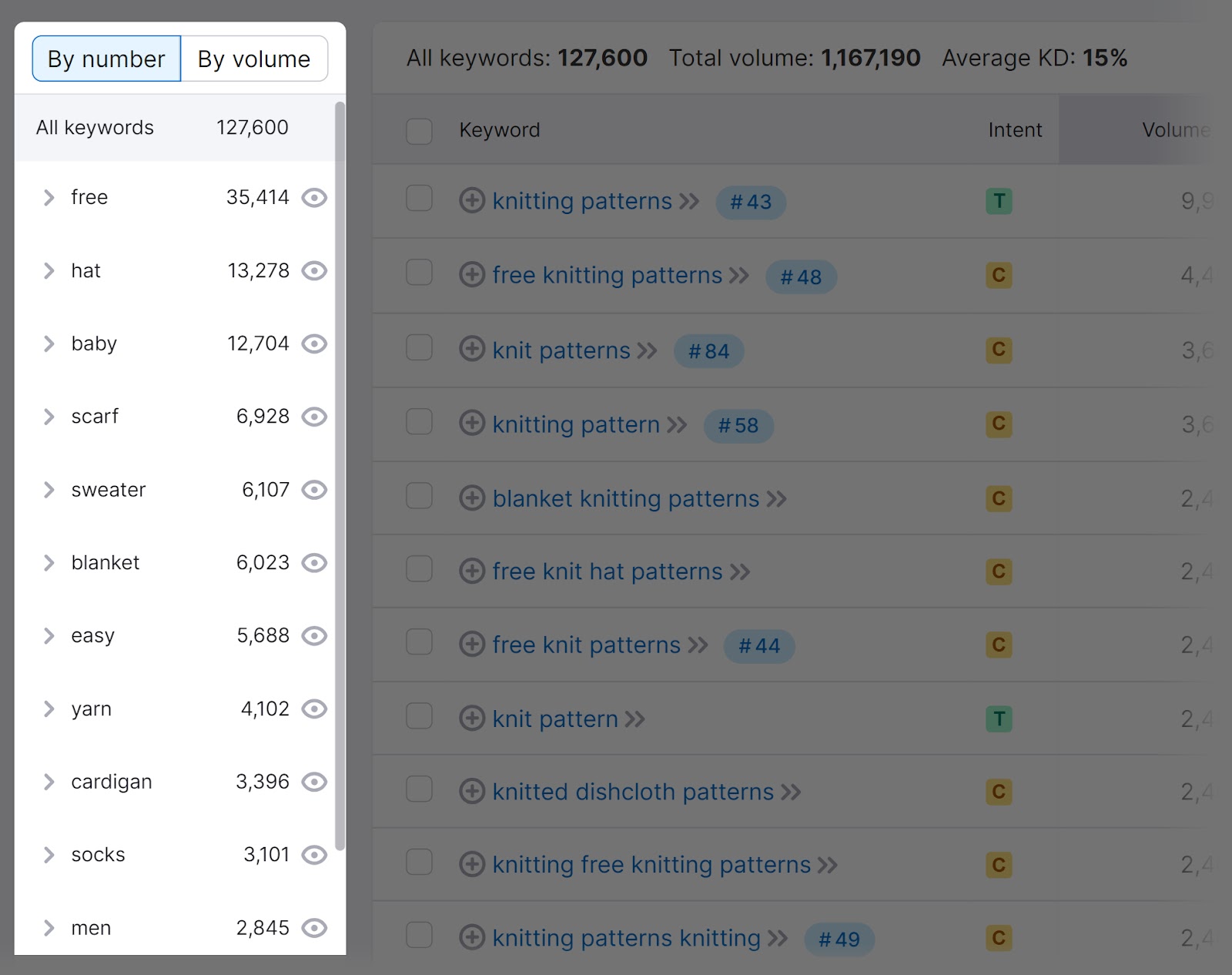
For example, by clicking “socks,” we get a list of topic ideas relating to knitted sock patterns.
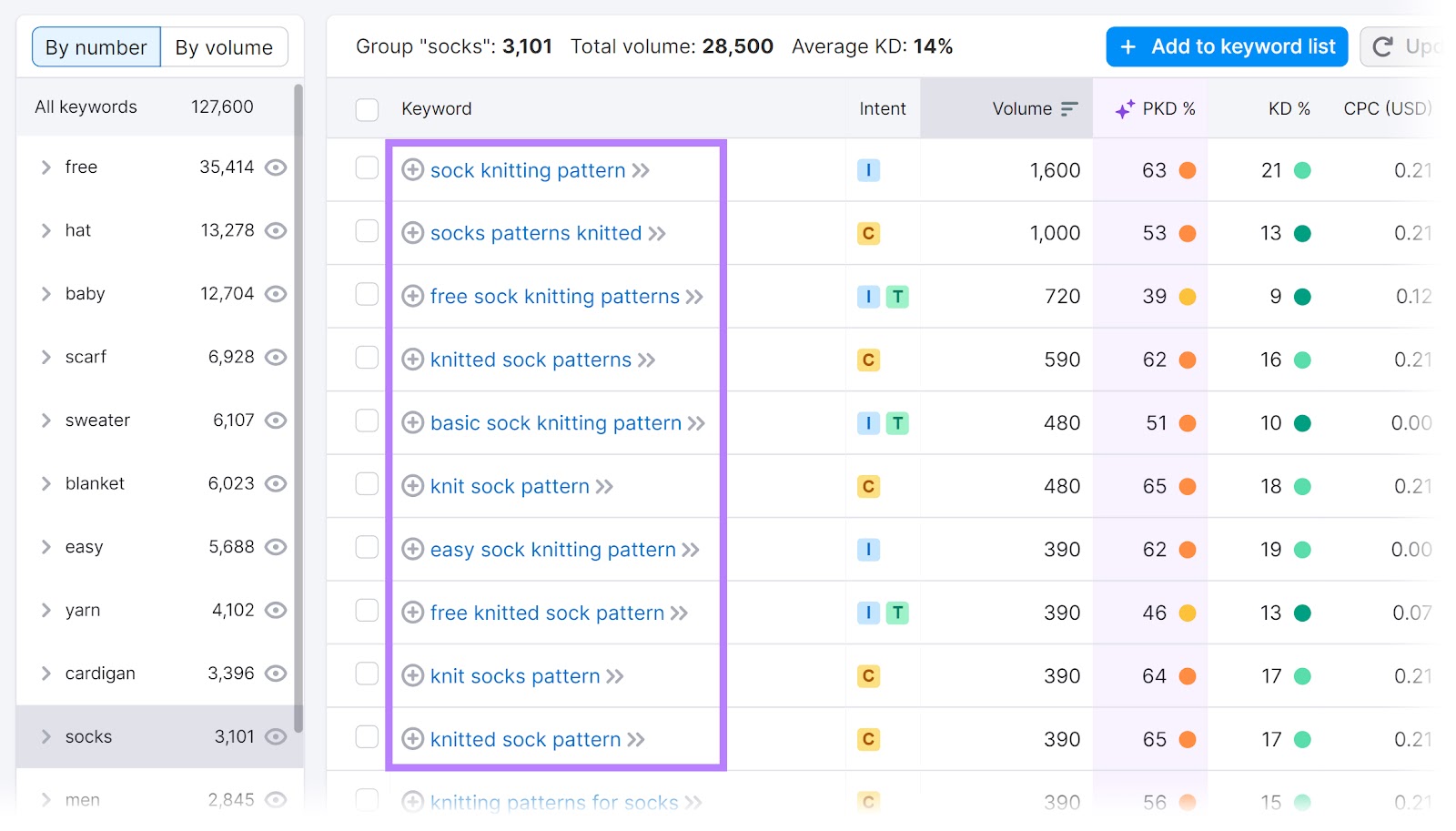
Keywords with significant search volumes (the average number of monthly searches) and lower-than-average keyword difficulty scores (KD %) are often good candidates for those just starting out. Keyword difficulty estimates how difficult it’ll be to rank in Google’s top 10 for a given term.
But that metric is an estimate for all websites. Your website’s chances of success may be less or more depending on your current topical authority.
Which is why Semrush has added a Personal Keyword Difficulty (PKD %) score. Which helps you find the best opportunities for your specific website.
So, click on the “Personal KD %” filter at the top of the table, select “Very easy,” and click “Apply.”
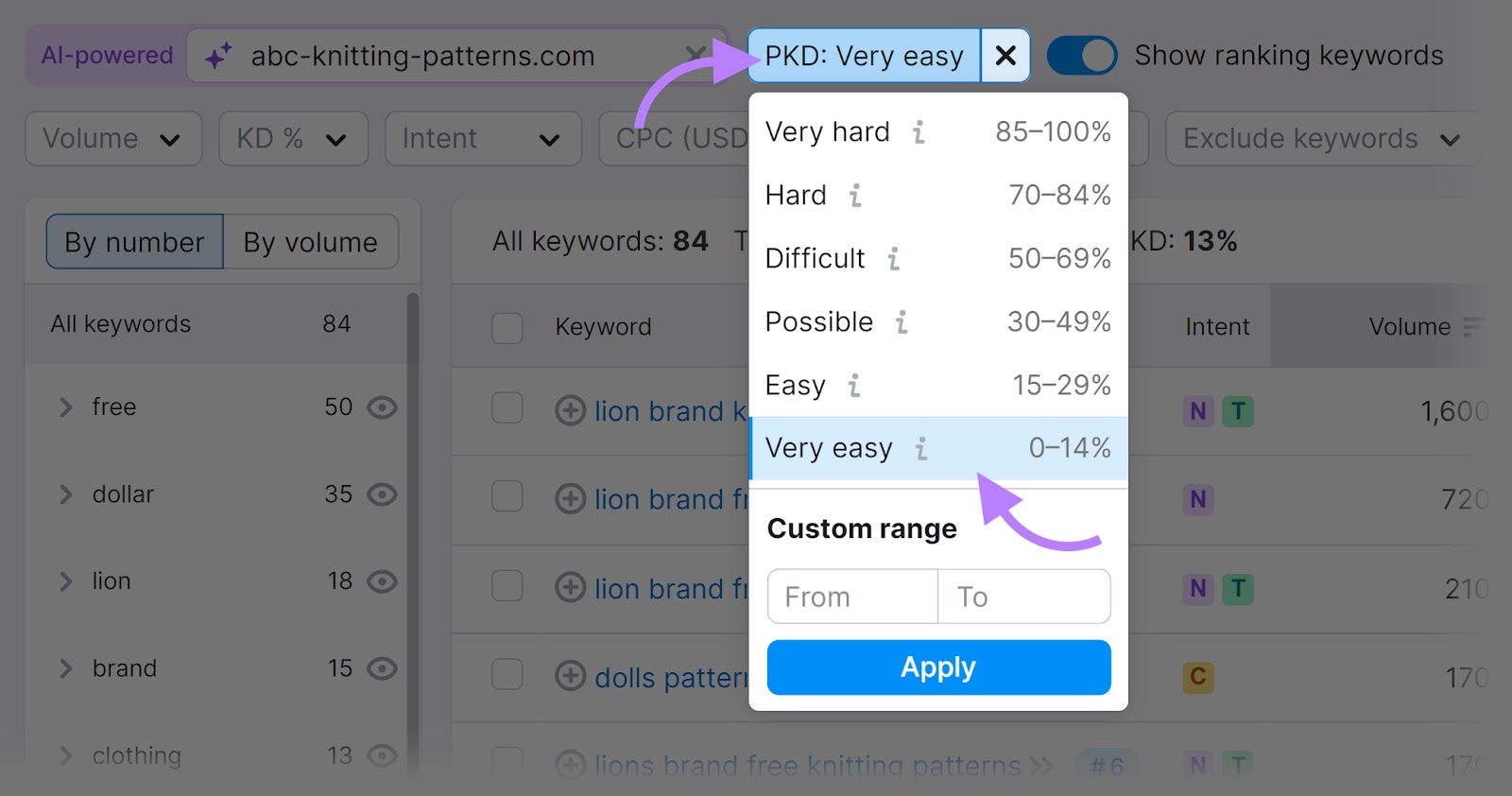
The table will now show you the keywords that are easiest for your website to rank for.
For example, “doll knitting pattern” has a Personal Keyword Difficulty score of 0 for this website. Meaning that site stands a great chance of ranking near the top if they create a high-quality piece of content about this topic.

Send suitable terms to Keyword Strategy Builder by clicking the “+” symbol next to a keyword to add it to your current keyword list:

Plan Your Link Building Tactics
Although you can’t fully control who links to your content or mentions your brand, you can attract quality backlinks using some simple techniques.
Outreach
Outreach involves contacting relevant websites and requesting links to your site. It’s the most straightforward technique.
For a compelling pitch, explain what makes your proposed piece of content unique and valuable. It could be the only study of its kind in your industry, for instance.
And be specific. You want those site owners to clearly see the benefit of linking to you.
Broken Link Building
Broken link building is when you find broken external links on other websites and offer working links from your site as alternatives.
Dead links hinder the user experience (UX), which means many website owners are happy to replace them.
Make the best of your outreach time by only offering link replacements when they’re perfect fits.
This is easy with Backlink Analytics. Because you can use it to find all the domains that link to broken pages on a competitor’s site.
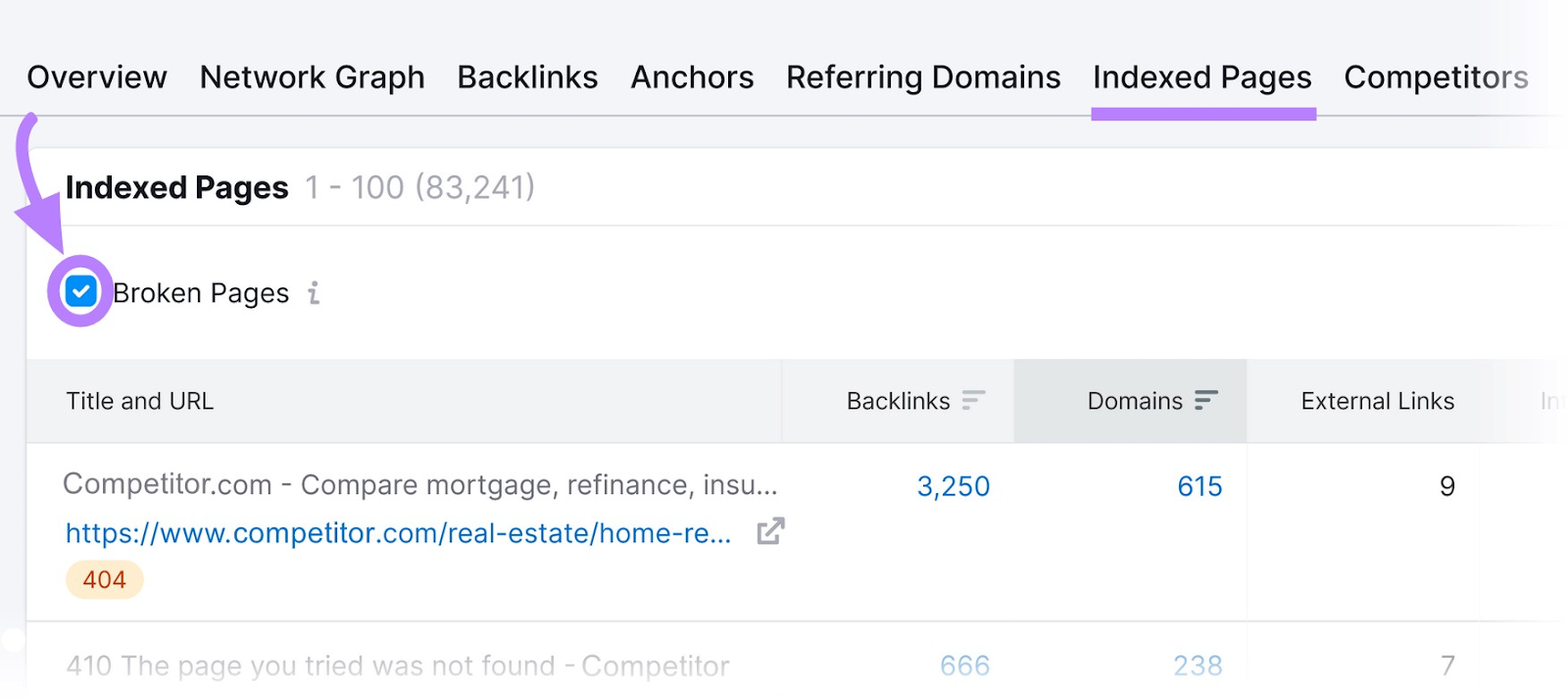
Unlinked Brand Mentions
An unlinked brand mention is when a website mentions your brand name without including a link to your website.
Often, it’s just because the writer hasn’t thought to add one.
By reaching out and explaining the benefit of linking to your content, you might persuade them to amend it.
Use an app like Semrush’s Media Monitoring tool to receive notifications when another site mentions your business. So you can quickly find these opportunities.
Create Problem-Solving Content
Plan a consistent stream of authoritative content that speaks directly to your audience’s needs and interests.
Unique, original insight is always best. Because it lets you offer something your competitors can’t match.
Like this case study:

It helps a broad audience of digital marketing agencies by providing insight into the tools and tactics they can use to increase mobile organic traffic. And no one else can tell this story.
Other types of authoritative content to build into your content strategy include.
- Contrary takes on your industry’s hot topics
- Interviews with subject matter experts
- Frequently asked questions (FAQs) that others fail to answer
- Original research
To ensure your content resonates with potential customers, research the questions they might be asking.
AlsoAsked is a simple tool for getting quick ideas.
Enter a term or question, choose your region, and hit “Search.”
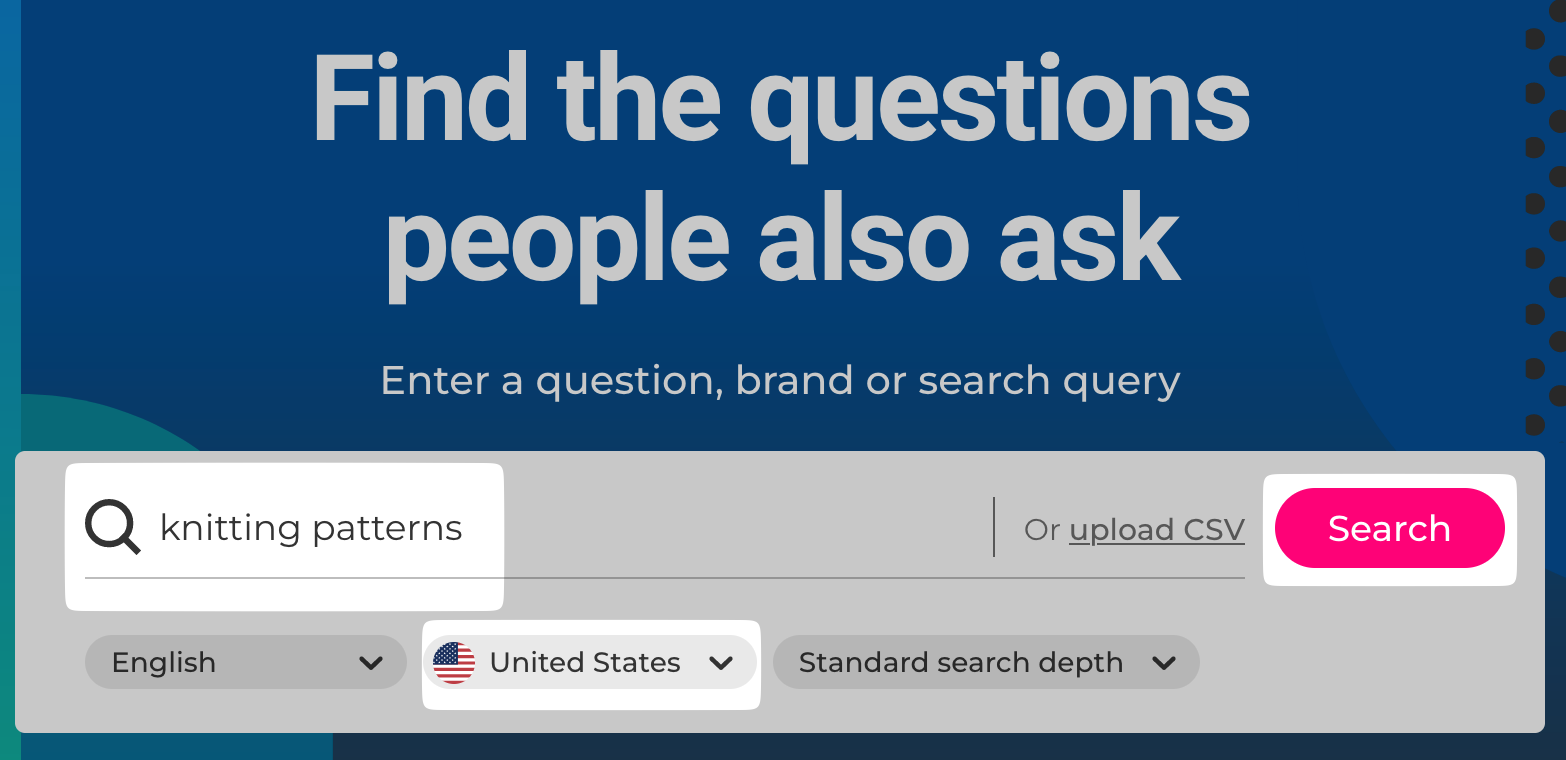
You’ll see a tree diagram containing questions that Google users who searched your topic also asked:
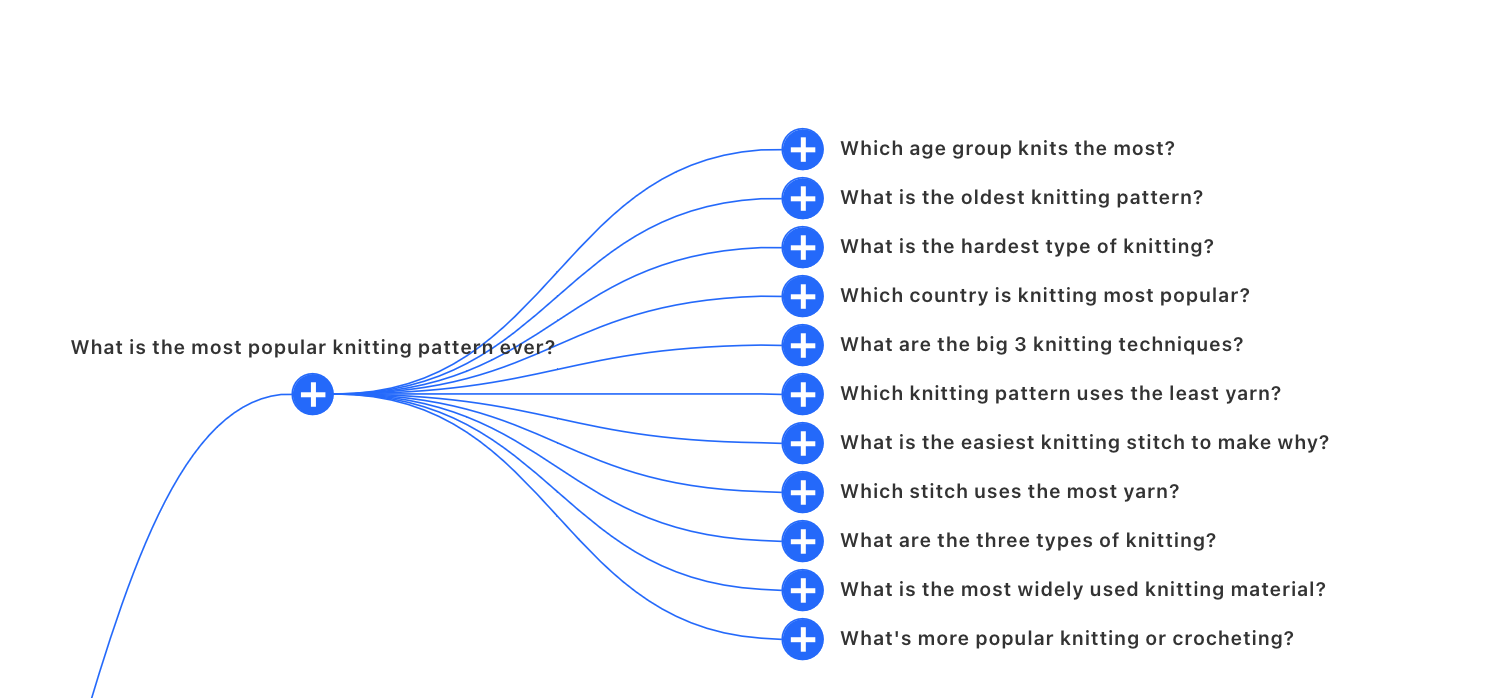
Click on any of these to explore further follow-up questions and use the most relevant ones to inspire your content.
Further reading: Quality Content: What It Is + 10 Actionable Tips for Success
4 Simple Ways to Measure Topical Authority
Here are some tools that can help you gauge your website’s trustworthiness and expertise in a topic area:
Keyword Overview
Semrush’s Topical Authority metric can help you measure how credibility your site has for specific search terms. Find it in the Keyword Overview tool.
Here’s how:
Think of a keyword that you want your website to rank for and type it into the text bar. Next, add your domain in the “AI-powered feature” bar, select your target location, and click “Search.”
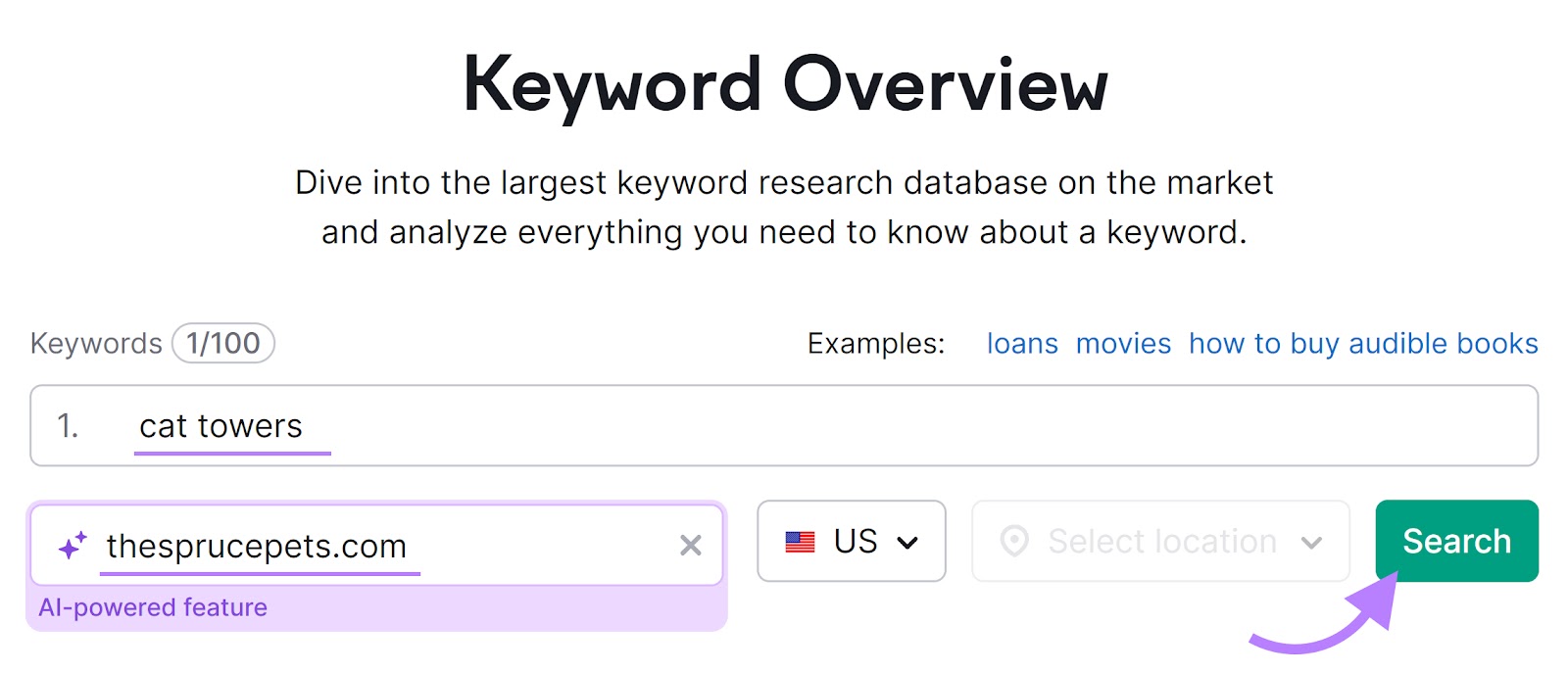
There will be a rating of “Low,” “Moderate,” “Relevant,” or “High” under the “Topical Authority” label.
This website has “Moderate” topical authority for the keyword “cat towers.”
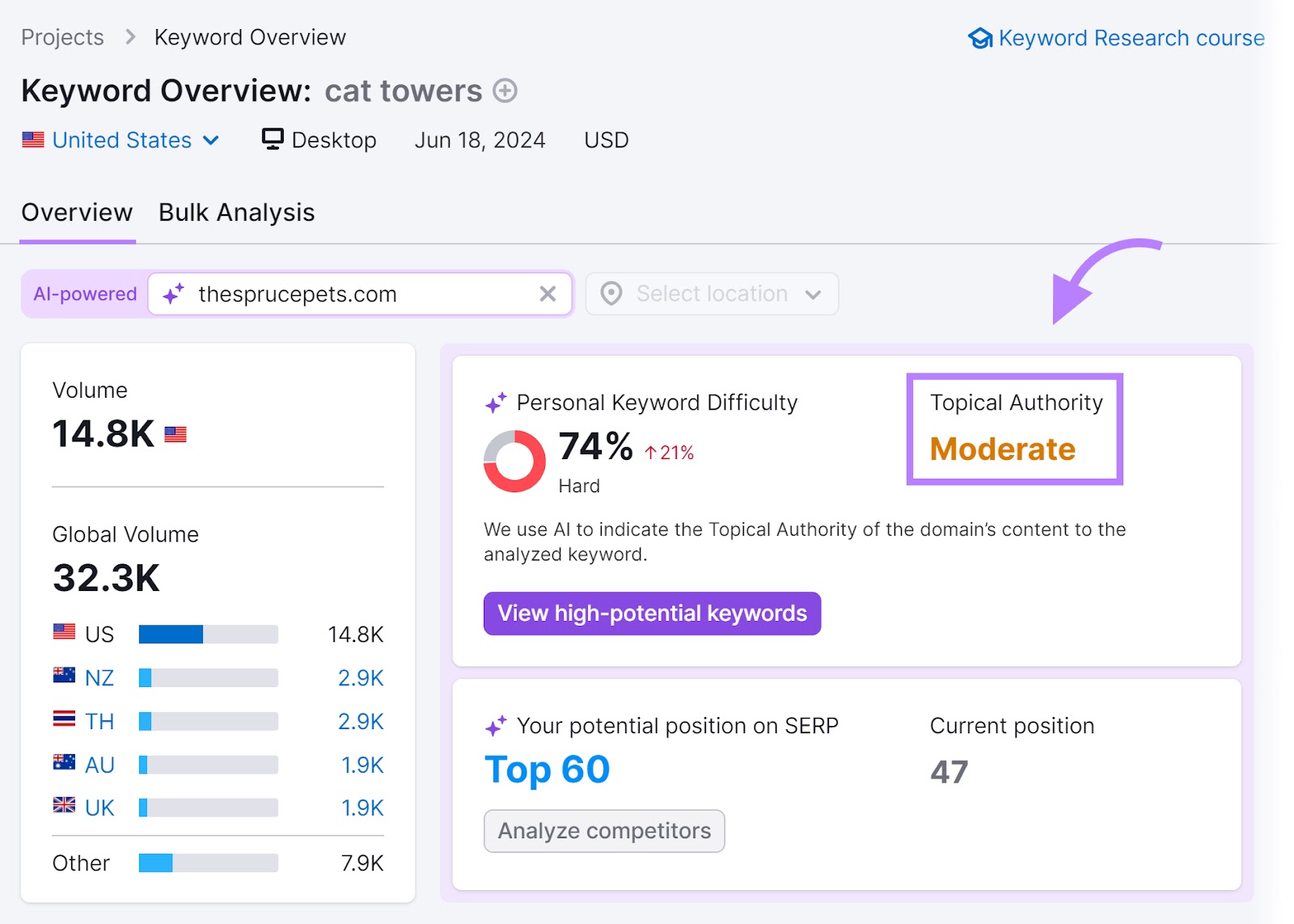
Adding more high-quality content about highly specific cat tower-related subjects could help improve their Topical Authority in relation to this term.
Next, check out the Personal Keyword Difficulty metric—which uses AI to understand how competitive a keyword is for the specified domain. The higher the percentage, the more difficult it is to rank for the keyword.
Click “View high-potential keywords” to identify terms that present the best opportunities for your website.
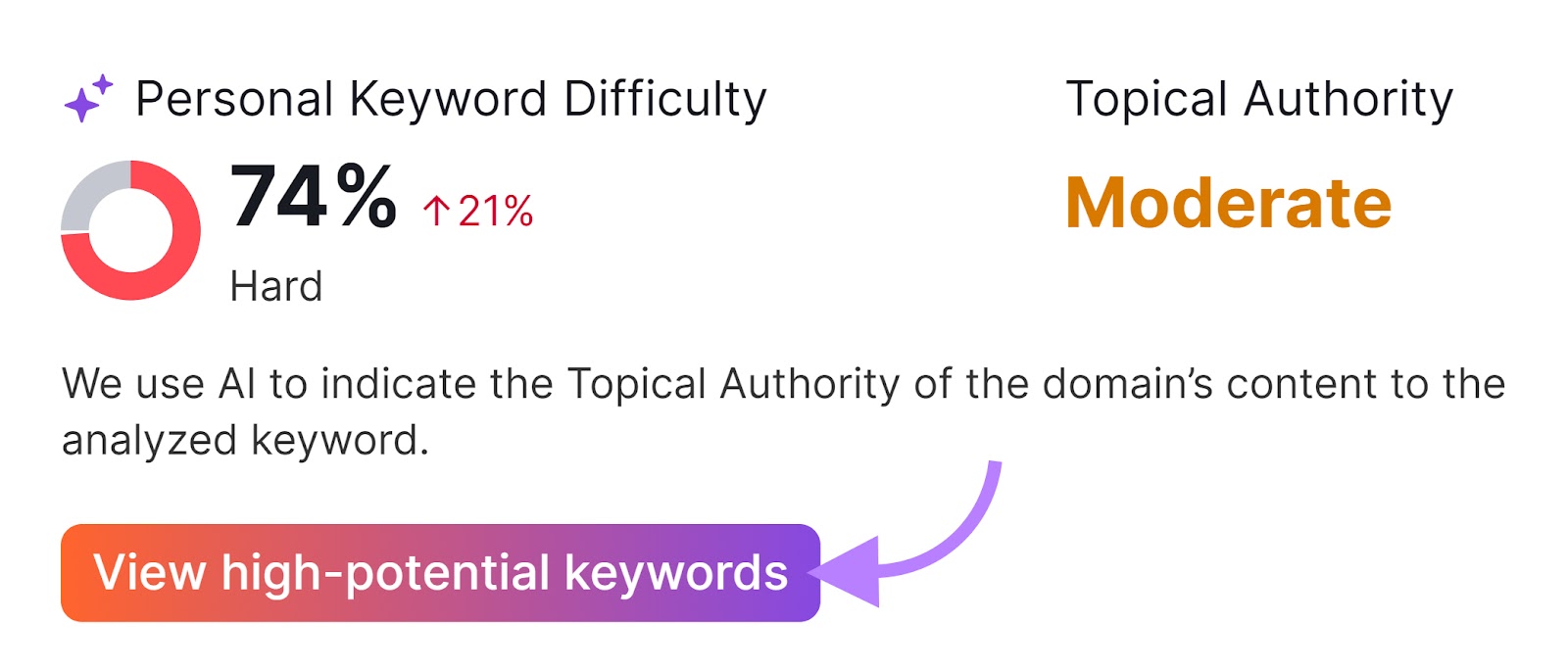
Optimizing existing content or creating new content focused on these terms could help you gain more organic visibility in that topic area over time.
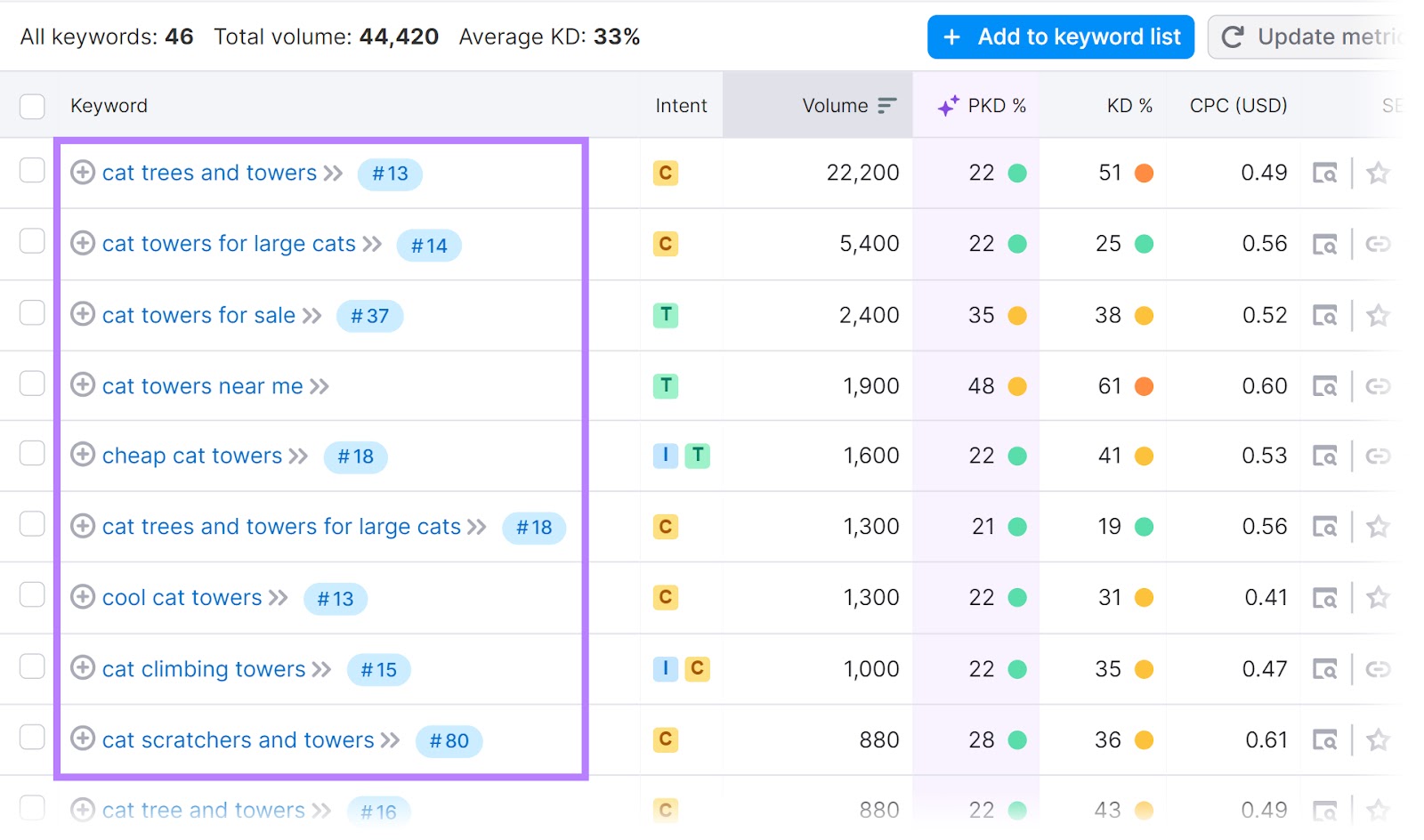
As your Topical Authority metric improves, your Personal Keyword Difficulty will likely go down.
Backlink Analysis
Gaining backlinks shows trust in your site is growing. Track yours using Semrush’s Backlink Analytics tool.
Type your site’s URL into the Backlink Analytics tool. Then, hit “Analyze.”

Near the top of the page, you’ll see “Referring Domains” (the number of domains that point back to your site) and “Backlinks” (the total number of backlinks pointing to your site).
You’ll see in red or green whether each figure has increased or decreased.
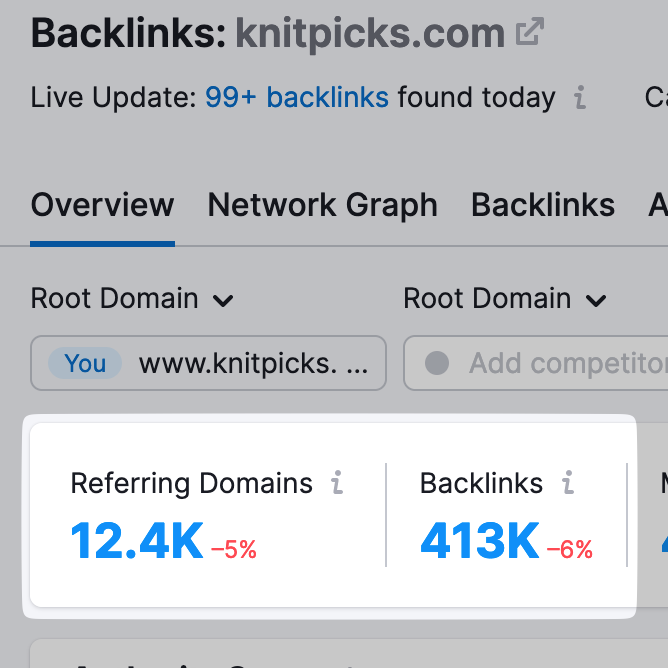
But quantity won’t tell the whole story.
Check the report’s Authority Score for a general measure of your site’s quality, which is partially based on a variety of backlink-related factors.
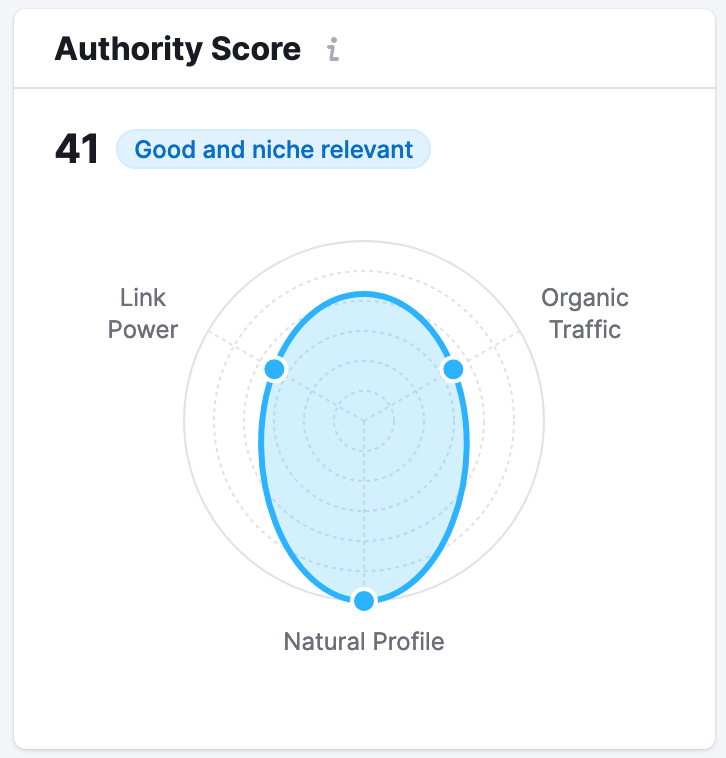
The full Backlink Analytics report also contains a wealth of helpful data, like:
- “Categories of Referring Domains”: The primary topic areas of the websites linking to yours. Backlinks from websites with topical relevance to yours are generally more valuable.
- “Top Anchors”: The top anchor text of your backlinks. Google uses anchor text to understand what your webpages are about.
- “Referring Domains by Authority Score”: The distribution of your referring domains by Authority Scores. Backlinks from more authoritative websites are generally more valuable.
- “Backlink Types”: How backlink appears on the page (image, text, etc.). Text backlinks are generally more valuable for SEO.
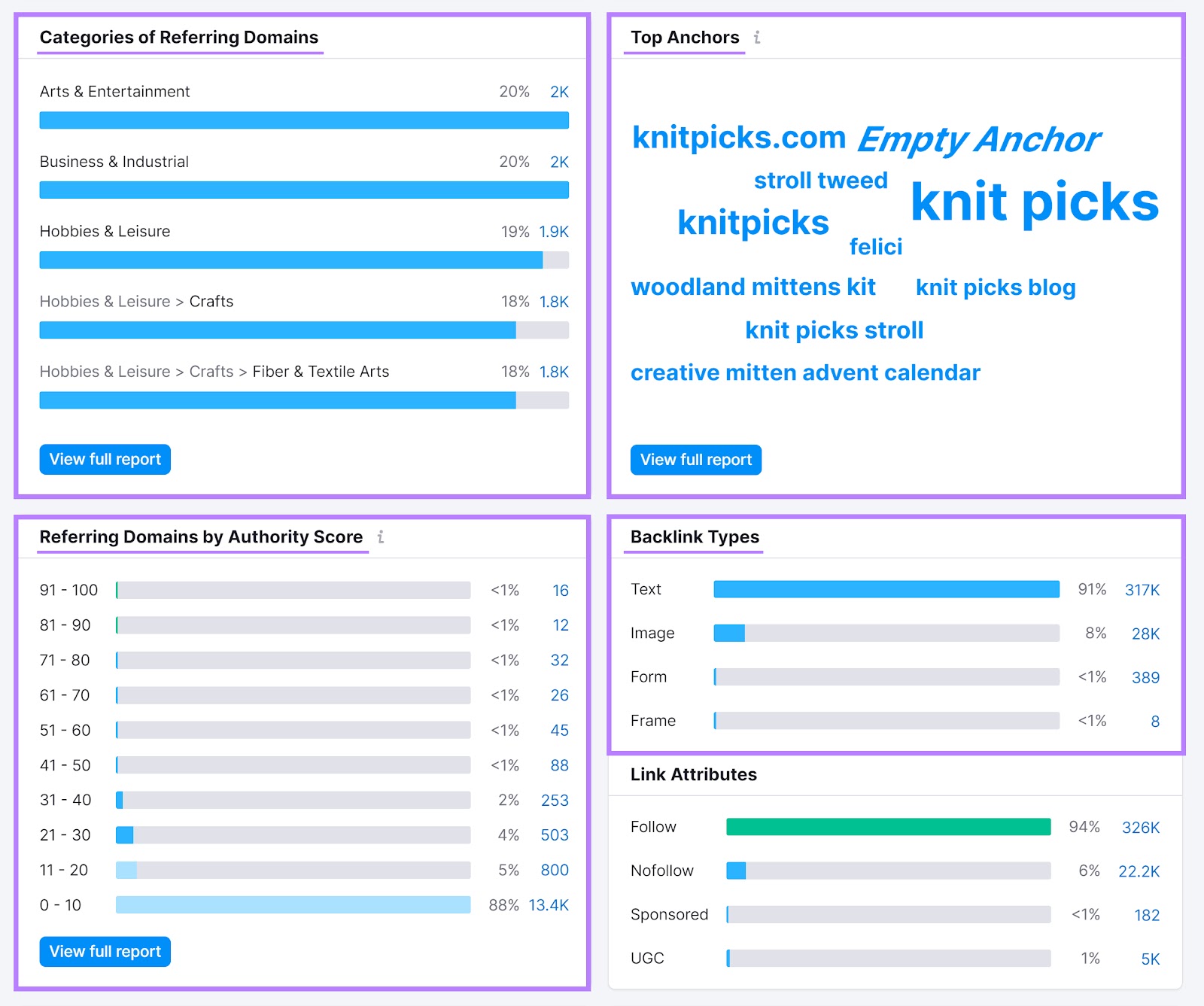
Position Tracking
Gaining topical authority helps you rank higher in Google’s search results. So, monitor your positions for target keywords.
If you’re gaining visibility for a few related terms, it could be a sign you’re building trust around that topic.
Semrush’s Position Tracking tool makes tracking your ranking positions for keywords easy.
Enter your domain and click “Set up tracking.”

Next, configure your settings. Include the search engine, device, location, and language that you want to track positions for.
Then, click “Continue To Keywords.”
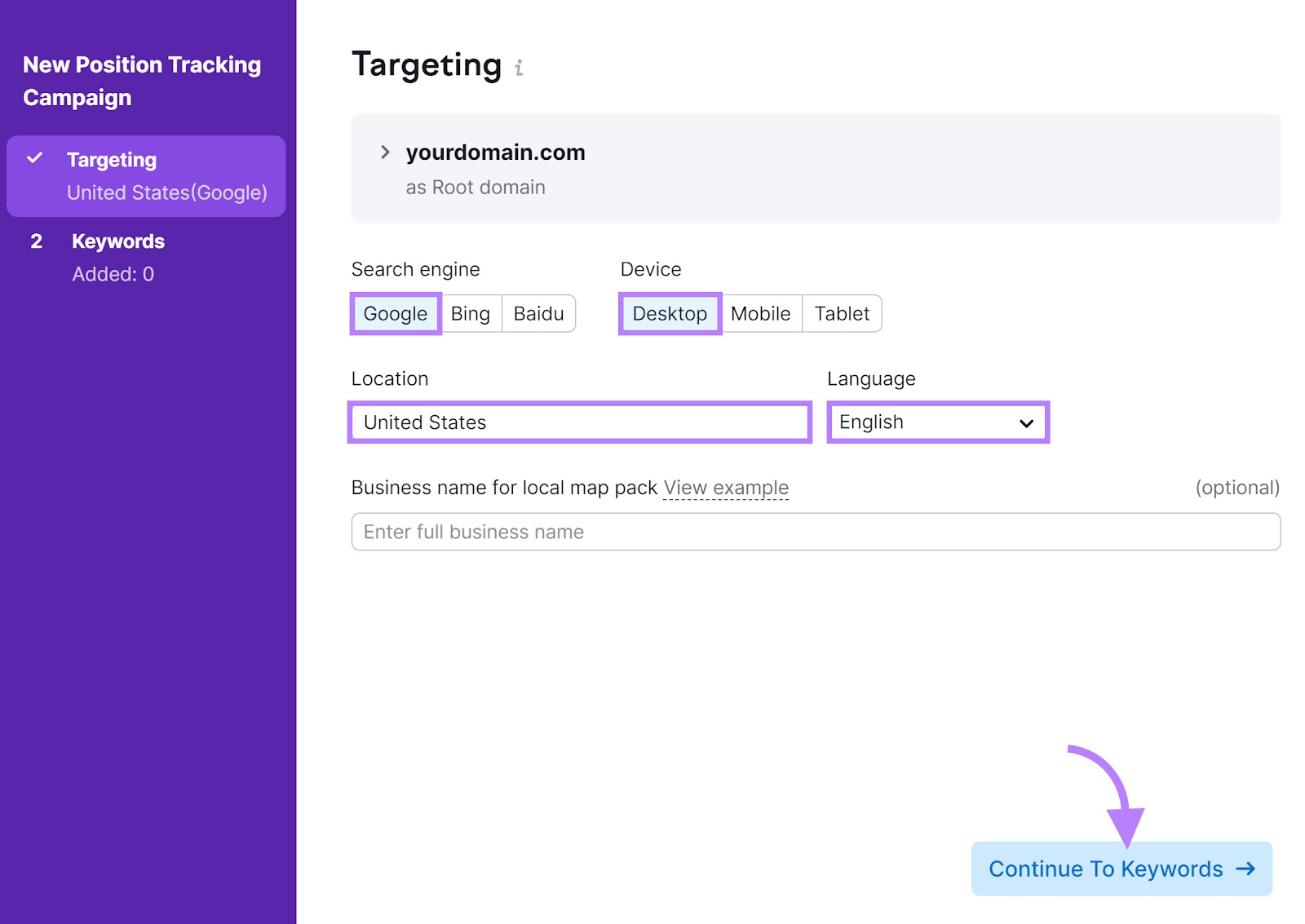
Add the keywords that you want to track. They should include the search terms that you want to build topical authority around.
And click “Add keywords to campaign.”
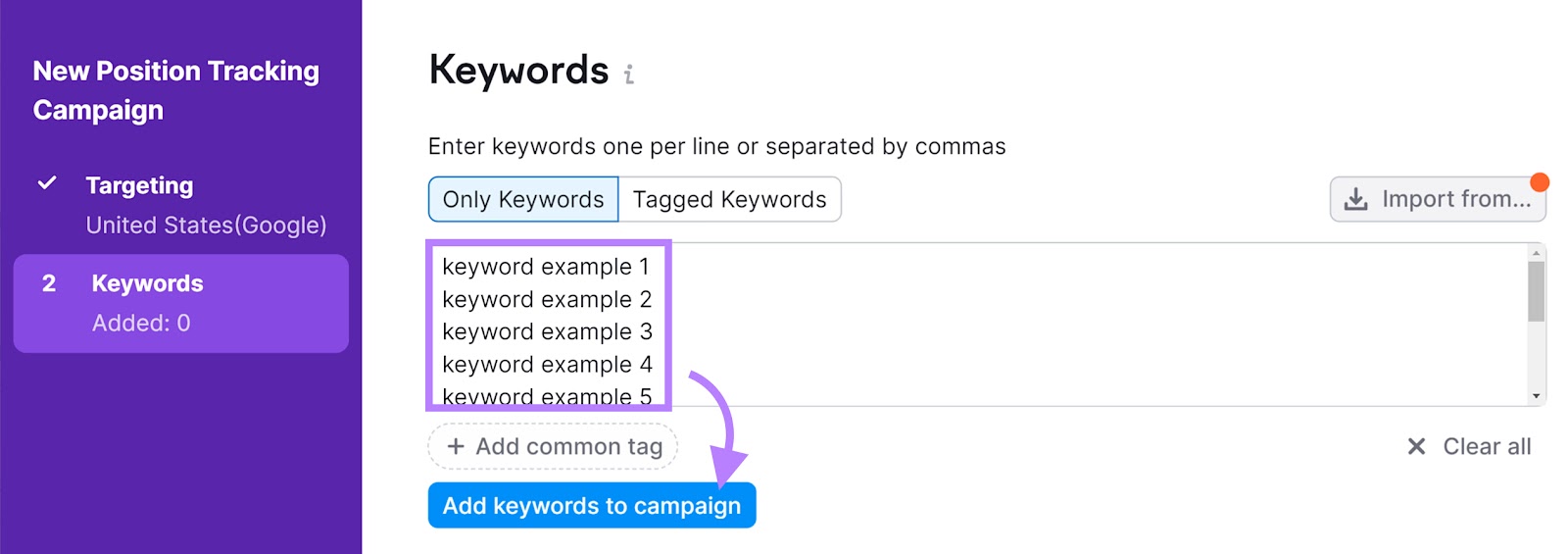
Select whether you want to receive weekly email updates on your keyword positions. Then, click “Start tracking.”
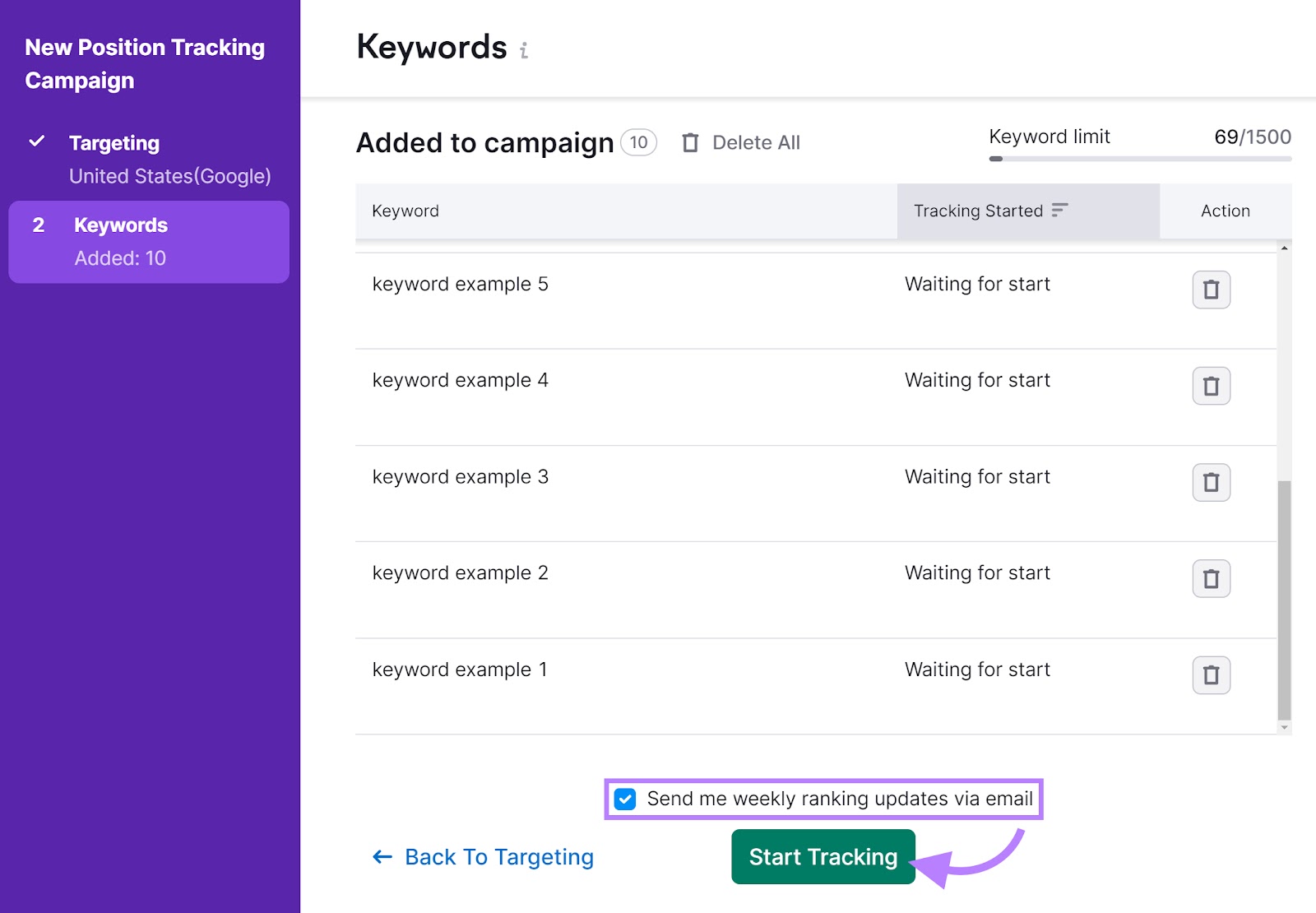
After opening the report, you’ll land on the “Landscape” tab.
Scroll down to see the top-performing keywords for your domain and keywords for which your domain’s visibility has increased (“Positive Impact”) and decreased (“Negative Impact”) in the selected period.

Check your ranking positions after you publish high-quality content. To see whether you’re building topical authority.
Then, compare your ranking positions before and after the content was published. You can change your selected time period using the button at the top right of the report.
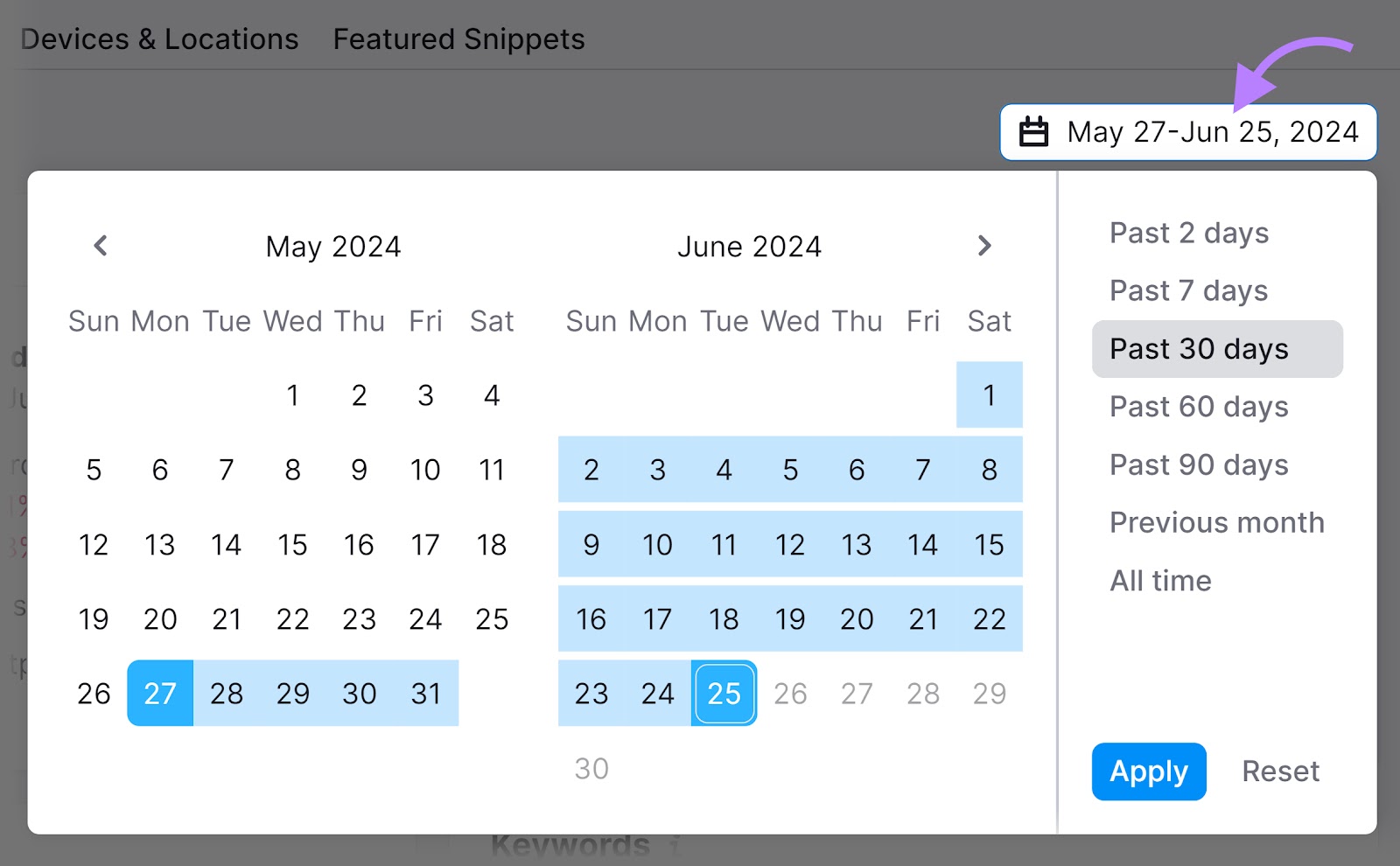
If you see positive increases in ranking positions, you’re likely building topical authority in those topic areas.
Google Analytics
If website traffic grows after you start building authority on a specific topic, it’s another good sign your efforts are working.
Log in to Google Analytics (GA4) to see whether visits are up or down
From the dashboard, click “Reports” in the top left corner.
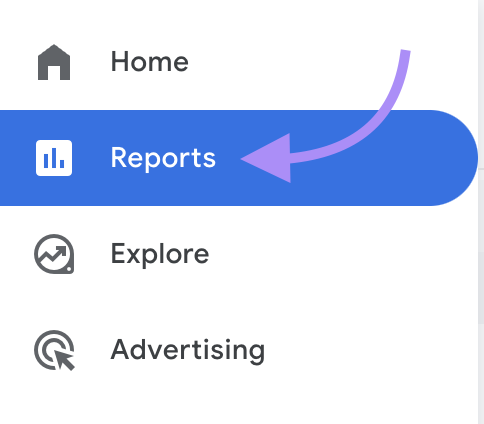
Then, go to “Life cycle” > “Acquisition” > “Traffic acquisition.”
There, you’ll see a breakdown of your traffic by channel.
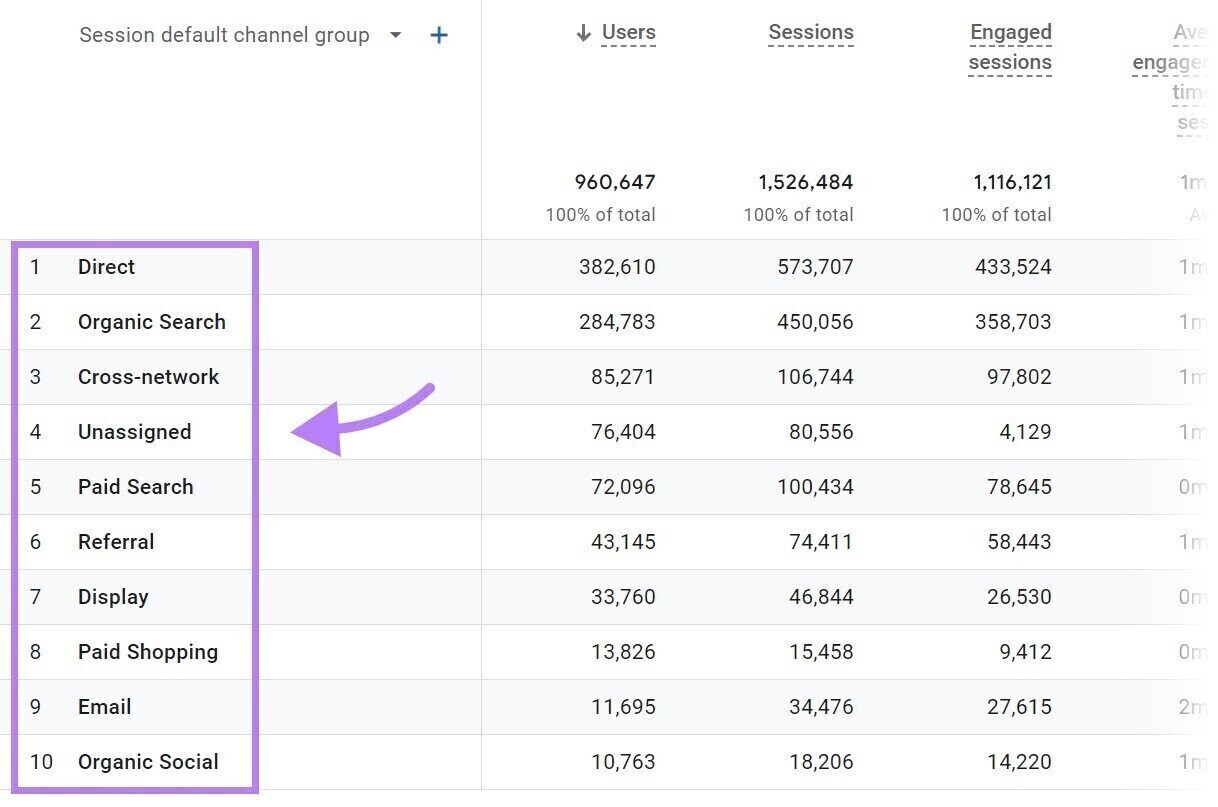
Look at the “Organic Search” row and compare the data to what you saw from the previous period. If it’s increasing, that’s a good sign you’re building topical authority in the eyes of search engines.
Track and Monitor Your Topical Authority
Prioritize building topical authority with your content to build unstoppable momentum.
And use Semrush’s AI-powered keyword tools to get a better understanding of your website’s topical authority for your target search terms. So you can go after the right terms to boost your credibility.
Check out the tools listed in this article with a free trial.

